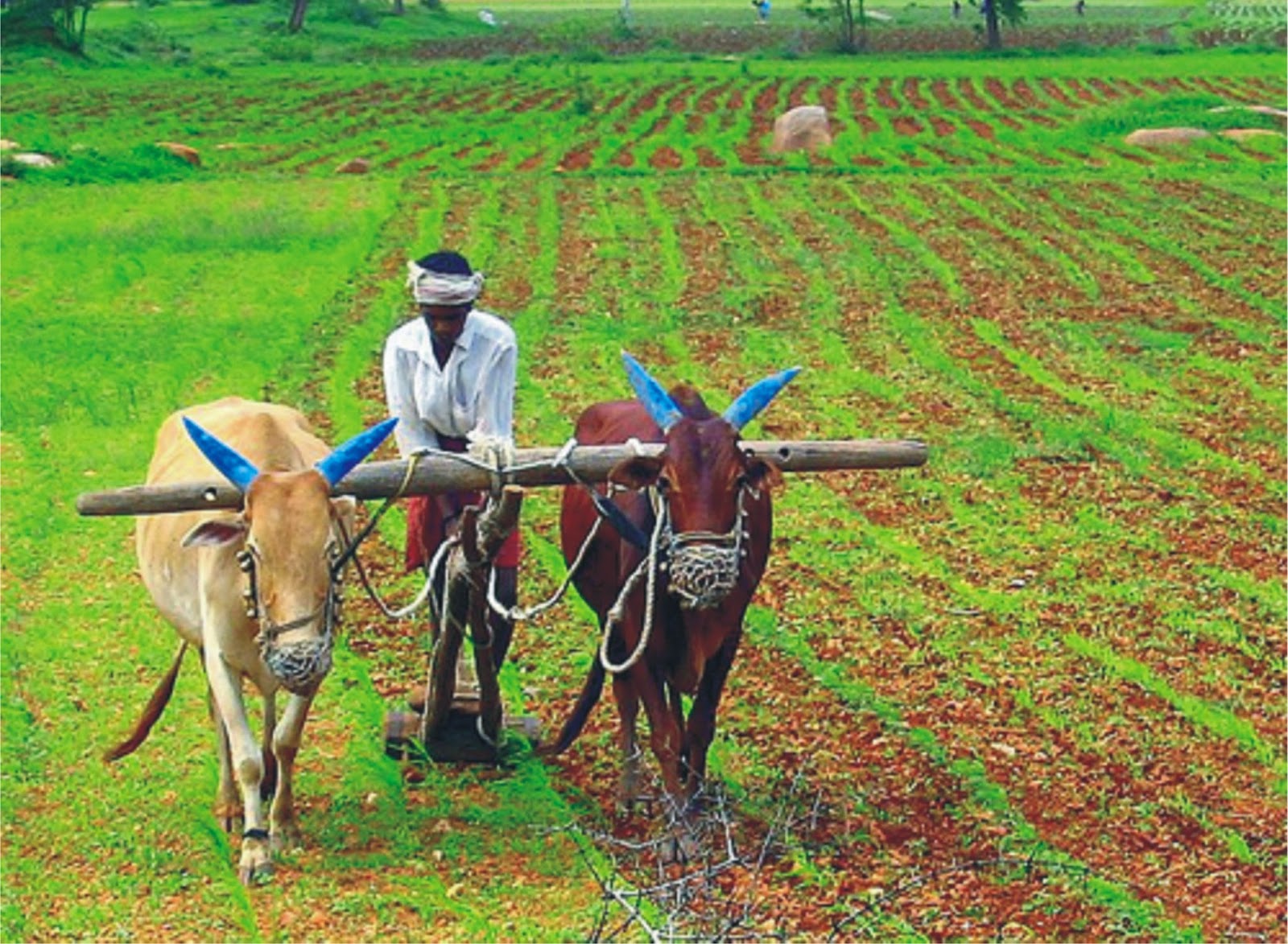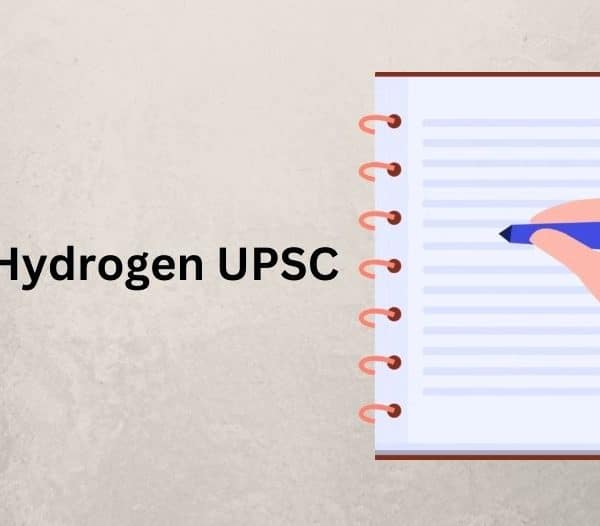Agrarian distress as manifest from large number of farmers living below poverty line and unfortunate incidents of suicides can be addressed by enabling farmers to increase their income. With this understanding, the government is targeting to double the income of farmers by 2022. Union Government announced multiple measures for growth of income of farmers in the Union Budget 2018.
- Reduction in MSP: The Government has decided to keep Minimum Support Price (MSP) for all hitherto unannounced crops of Kharif at least at one and half times of their production cost. This would prove an important step towards doubling the income of our farmers. NITI Ayog in consultation with Central and State governments will put in place a foolproof mechanism so that farmers will get adequate price for their produce.
- Raising Institutional Credit: As a primary measure, the Government announced raising institutional credit for agriculture sector to Rs.11 lakh crore for the year 2018-19 from Rs.10 lakh crore in 2017-18.
- Operation Greens: Union Government has announced launching of ‘Operation Greens’ to address price volatility of perishable commodities like potatoes, tomatoes and onions, at an outlay of Rs. 500 crore. ‘Operation Greens’, on the lines of ‘Operation Flood’, shall promote Farmer Producers Organisations (FPOs), agri-logistics, processing facilities and professional management in the sector.
- FPOs/VPOs/SHGs: Centre has announced 100 percent deduction in respect of profits to Farmer Producer Companies (FPCs), having turnover up to Rs. 100 crore, for a period of 5 years from FY 2018-19, in order to encourage professionalism in post harvest value addition in agriculture. Further, the Government has promoted organic farming in a big way. Organic farming by Farmer Producer Organisations (FPOs) and Village Producers’ Organisations (VPOs) in large clusters, preferably of 1,000 hectares each, will be encouraged. Women self-help-groups (SHGs) will also be encouraged to take up organic agriculture in clusters under National Rural Livelihood Programme. Also, a sum of Rs.200 crore have been allocated to support organised cultivation of highly specialised medicinal and aromatic plants and aid small and cottage industries that manufacture perfumes, essential oils and other associated products.
- Establishment of GrAMs: More than 86 percent of farmers in India are small and marginal who are not always in a position to directly transact at APMCs and other wholesale markets. To address this issue, the Central Govt announced the development and upgradation of existing 22,000 rural haats into Gramin Agricultural Markets(GrAMs). In these GrAMs, physical infrastructure will be strengthened using MGNREGA (National Rural Employment Guarantee Act) and other Government schemes and would be electronically linked to e-NAM and exempted from regulations of APMCs. This would provide farmers facility to make direct sale to consumers and bulk purchasers.
- Strengthening of eNAM: The Government had announced strengthening of e-NAM and to expand coverage of e-NAM to 585 APMCs. Out of that, 470 APMCs have been connected to e-NAM network and rest will be connected by March, 2018. Further, an Agri-Market Infrastructure Fund with a corpus of Rs. 2,000 crore will be set up for developing and upgrading agricultural marketing infrastructure in the 22,000 GrAMs and 585 APMCs.
- Doubling allocation for Ministry of Food Processing: Centre announced doubling of allocation for Ministry of Food Processing from Rs. 715 crore in RE 2017-18 to Rs.1,400 crore in BE 2018-19.
- Prime Minister Krishi Sampada Yojana: The Prime Minister Krishi Sampada Yojana (PMKSY) is Centre’s flagship programme for boosting investment in food processing and the sector is growing at an average rate of 8 per cent per annum. With the increased allocation for the sector, the Government will promote establishment of specialised agro-processing financial institutions in this sector and to set up state-of-the-art testing facilities in all the forty two Mega Food Parks.
- Kisan Credit Cards: Announcing a major step to help small and marginal farmers in fisheries and animal husbandry sector to meet their working capital needs, the Union Govt extended the facility of Kisan Credit Cards (KCC) to the sector. This would give benefit of crop loan and interest subvention, so far available to agriculture sector only under KCC, for rearing of cattle, buffalo, goat, sheep, poultry and fisheries.
- Fisheries and Animal Husbandry: Central Government announced setting up of a Fisheries and Aquaculture Infrastructure Development Fund (FAIDF) for fisheries sector and an Animal Husbandry Infrastructure Development Fund (AHIDF) for financing infrastructure requirement of animal husbandry sector. Total corpus of these two new Funds would be Rs.10,000 crore.
- Bamboo as Green Gold: Calling Bamboo as ‘Green Gold’, Union Government announced the launch of the Rs. 1290 crore Re-structured National Bamboo Mission, which is based on a cluster based approach to address the complete bamboo value chain and promote bamboo sector in a holistic manner. With a focus on linking bamboo growers with consumers; creation of facilities for collection, aggregation, processing, marketing, MSMEs, skill building and brand building, this announcement would contribute in generating additional income for farmers, employment opportunities for skilled and unskilled youth especially in the rural areas.
Increasing farmers’ income and doubling investments in the food processing sector will have a positive impact on industries that are connected to agriculture and allied sectors. By promoting agro-processing and agri-logistics, the Government has provided a fertile ground for streamlining and formalizing the supply-chain sector. This will lead to direct linkages between farmers and food processing sector.
Reference: Internet (https://ruralmarketing.in/industry/agriculture/heres-what-agriculture-gets-from-jaitleys-budget-2018)





